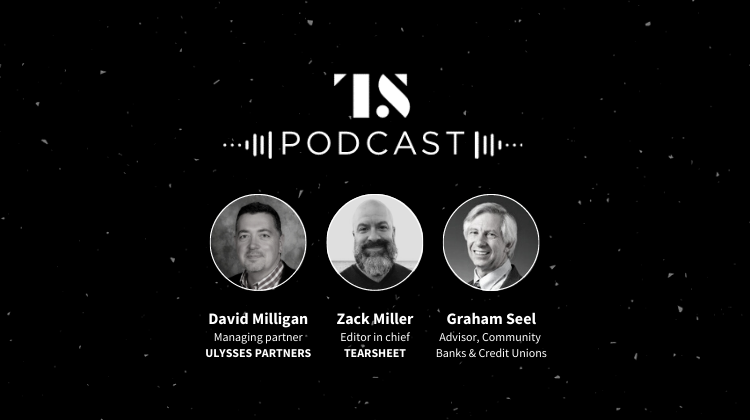Partner, Podcasts
The Identity Proofing Guide: The digital ID verification landscape and why biometrics are crucial
- In the third part of our series on digital identity verification with advisory firm, Ulysses Partners, we were joined by financial industry and fintech experts David Milligan and Graham Seel.
- Watch or listen to our fireside chat about the digital identity verification landscape, the challenges arising from the growth of data sharing consortiums, and why the combination of document-centric identity proofing and biometrics is the gold standard.








